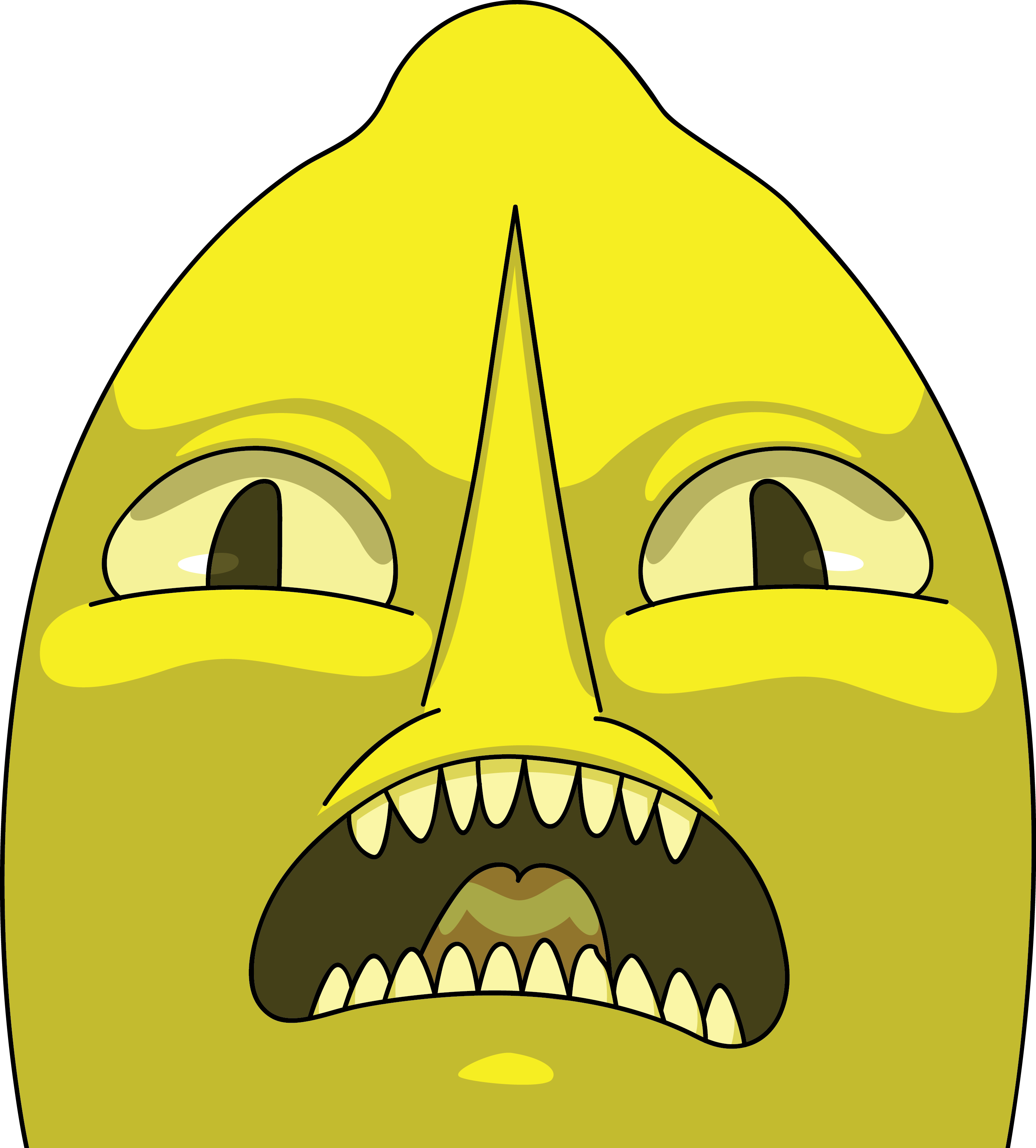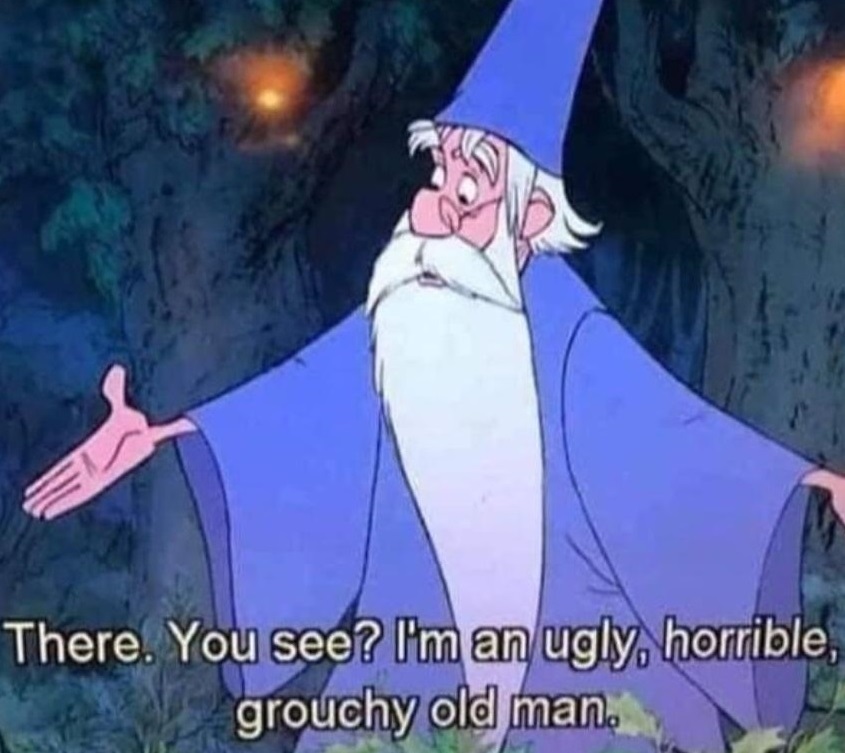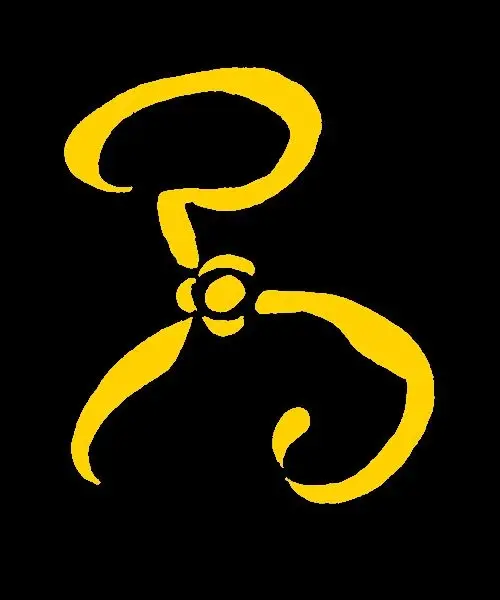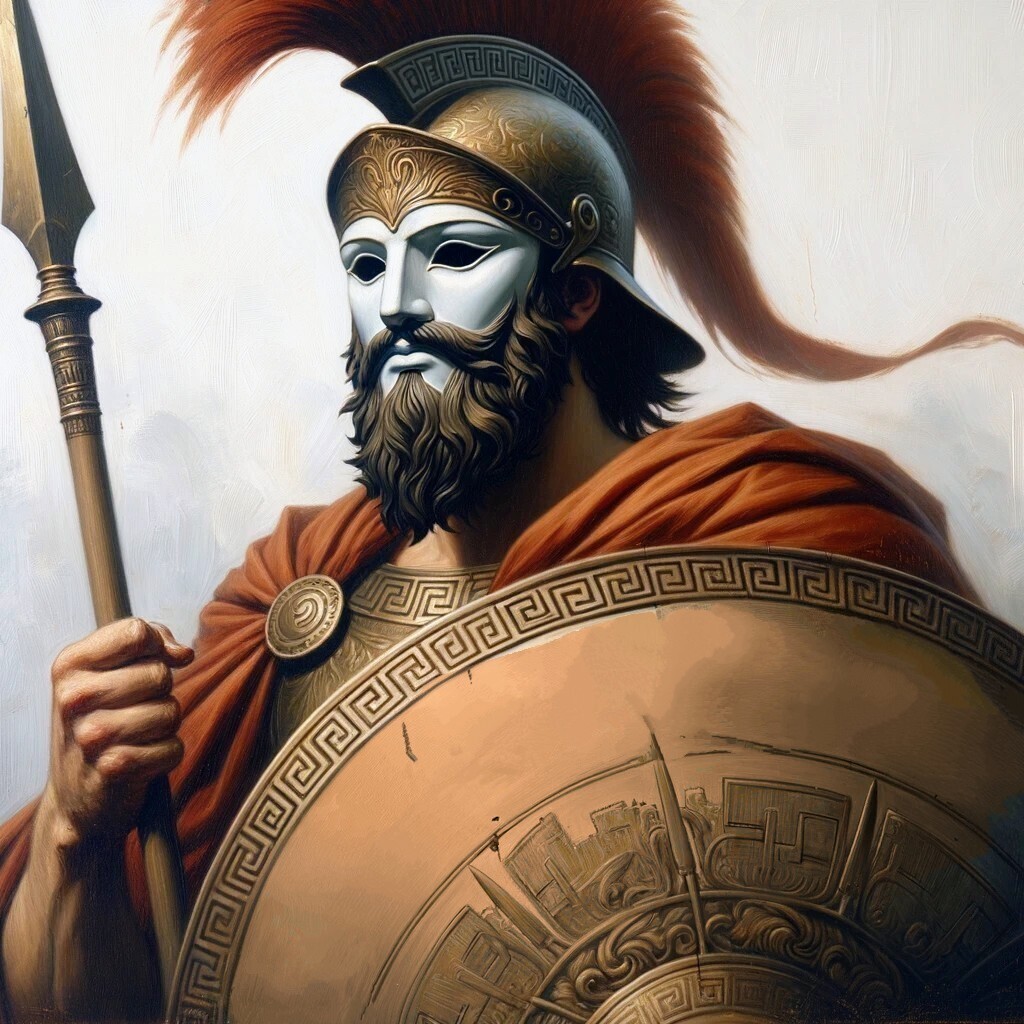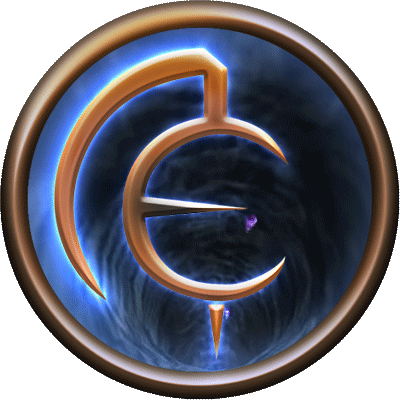Fun fact about going below 0 HP: Third Edition D&D tracked that. At 0 you were staggered, below that unconscious, and at -Con Score negative HP you died.
This being D&D 3.x (3.0/3.5/Pathfinder 1e), there were abilities that extended that limit, abilities that let you stay conscious below 0 HP. I’ve seen someone play a build that was always at negative HP, with a limit of something like -300 before dying, and got bonuses for being in the negatives.
I’ve seen someone play a build that was always at negative HP, with a limit of something like -300 before dying, and got bonuses for being in the negatives.
Lmao that’s fucking wild
Totally. Third edition D&D (and its continuation Pathfinder 1e) is amazing for doing the most insane things you can come up with. So many janky combos to be had, with an utterly absurd amount of choices, and characters tend to make more build choices each level than a 5e character does in their entire career. Downside, it’s less newbie-friendly because that many options can be overwhelming. But it’s perfect for those that tried 5e and found it too shallow.
Man I wish I had the time (slash the control of my time) to play D&D again. I was on a 5e campaign and I just couldn’t keep up with it due to work. 3e sounds even better but even more time consuming haha
It is worth noting that the -Con score was a 3.X house rule but Pathfinder 1e raw. It was just -10 otherwise, which could get pretty punishing if you were dropped by bad luck.
5e’s up-and-down approach to unconsciousness isn’t really an ideal resolution, although making them gain levels of fatigue almost makes it functional.
This but unironically. In medieval total war 2 everythinh except for things like elephants had 1 hitpoint. And a certain chance to recive damage based on atack and defence values. So if the model was hit it died. And it looked much cooler. Contrast that with modern total war games like warhammer where there are health bars. a cavalary charge would send some dudes flying 20mm into the air and after bouncing several times they get up and walk back. Arrows and misiles also work in wierd ways. With the unit loosing sometimes half of its health before anybody dies.
Savage Worlds does this right with wounds. Anything under a great success leaves the character shaken, so that they must save of lose their turn. Every wound is a cumulative -1 on all rolls. 4 wounds and you’re out of the fight.
HP is messed up because it tries to track two different things at once. The first is how a combatant can be disabled by one big hit or a few smaller ones. The second is how a more experienced or more “heroic” combatant is harder to disable. When you put these together, you get a mess where your Aragorn ripoff can survive multiple blows from an axe.
But players don’t like being at risk of dying every time they get close to a commoner with a dagger…
In GURPS you have relatively low HP, but several ways to defend. Still it’s pretty lethal if you’re combat-happy
“You attempt to dodge the ogre’s attack but fail. Ok, so now you gotta take out the medical dummy and see if you’re still conscious after taking a 20 pound wooden club to the side of your head at 45mph.”
I don’t understand what this graphic is saying, but I agree
I prefer the original hit point system where 1 hit point means getting hit with one 14 inch shell. Considering this I’d say few living things have more than one hp.
“Shell?” Like “turtle shell” or “fired from a canon shell”?
In Traveller, your stats are your HP, so as you lose HP, your physical stats degrade until you are dead. HP doesn’t increase, so bloat doesn’t become an issue.
Does that encourage more of a death-spiral? It makes more sense that a 100% hp and 1% hp person wouldn’t be at the same effectiveness. But once you start downgrading one side’s effectiveness, it can snowball.
That is true! Combat in Traveller is meant to be quick, deadly, and avoidable at all costs. It encourages strategy because a fair fight could just as easily end up a TPK.
Cypher system has a similar mechanic. You have 3 basic stat pools, and apply “effort” from them to make your tasks easier (i.e. lower difficulty of skill checks). These pools are also your “HP” and are reduced by different types of damage. When a pool is emptied you are debilitated in some way, when all 3 are empty you die.
You can really feel your effectiveness lessen throughout an adventuring day, and it makes your life total more of a resource to manage.
Yeah, I remember that. I didn’t like how it felt tbh. Spend 3 points to get a what, +4 on a d20 roll? That feels real bad when the d20 rolls high and didn’t matter or rolls low and doesn’t matter. And it doesn’t matter 4/5 of the times so at the end of an adventuring day if you spent all your might on bonuses it could only pay off once.
I mean sure, you get discounts as you level up, and yes, it really pushes you to use cyphers to actually solve problems, as trying for things directly was always a toss up, and that does push you towards the main themes of exploiting random artifacts all the time but I still didn’t like it.
I really like the way it’s handled in Matryoshka (a homebrew variant of Powered By The Apocalypse). There is a harm mechanic and there is a lot of leeway in how the DM dishes it out both to NPCs and PCs.
I generally prefer its focus on collaborative storytelling over straight up tactics and minutia of stats and attack ranges etc.
Check out the Red Game Table podcast if you’re interested in a ttrpg that is basically cosmic horror x-files in the eastern bloc during the cold war.
I like Fate. You have a small quickly restoring pool of stress to soak up harm, but anything more becomes a Consequence. Players agree on what an appropriate consequence is and the narrative follows. You don’t really have the “he’s at 1/483 HP but still fighting strong!” thing.
Complex logical systems for PnP are just boring tbh. It’s always stalling the adventures and encourages tryharding.
I prefer people just being in the moment with a simplified system.
Maybe some of us like it that way. I didn’t sign up for improv night, I signed up for UTTERLY ANNIHILATING GOBLINS with THE BOYS
I’m also not the biggest improv person, I enjoy it when other people do it tho. And I don’t understand why people see this as an ‘either improv or crunching numbers’ thing. There’s more you can do to have fun with PnP.
And there’s nothing wrong with destroying them goblins. I just don’t wanna spend the whole night doing it… also relearning the whole combat system every month is a pain. Even more experienced players struggle with that lol.
Genuinely, I like how Ironclaw (Squaring the Circle) does it; attacks and dodges are skill checks, like anything else, how well an attacker succeeds determines which status the victim receives. Low successes only make them Hurt (with its status ailments) which a high enough roll makes them Dying or Dead (again, just statusses you inflict)
I think it’s a cinematic, intuitive, yet powerful and scalable mechanic!
Sounds like the exact same thing, just slightly more abstracted. How many hurts is a dying?
No it’s a status condition, either you’re Hurt or you’re not.
It’s a debuff, that makes it easier for others to attack you/inflict bigger statuses on you
